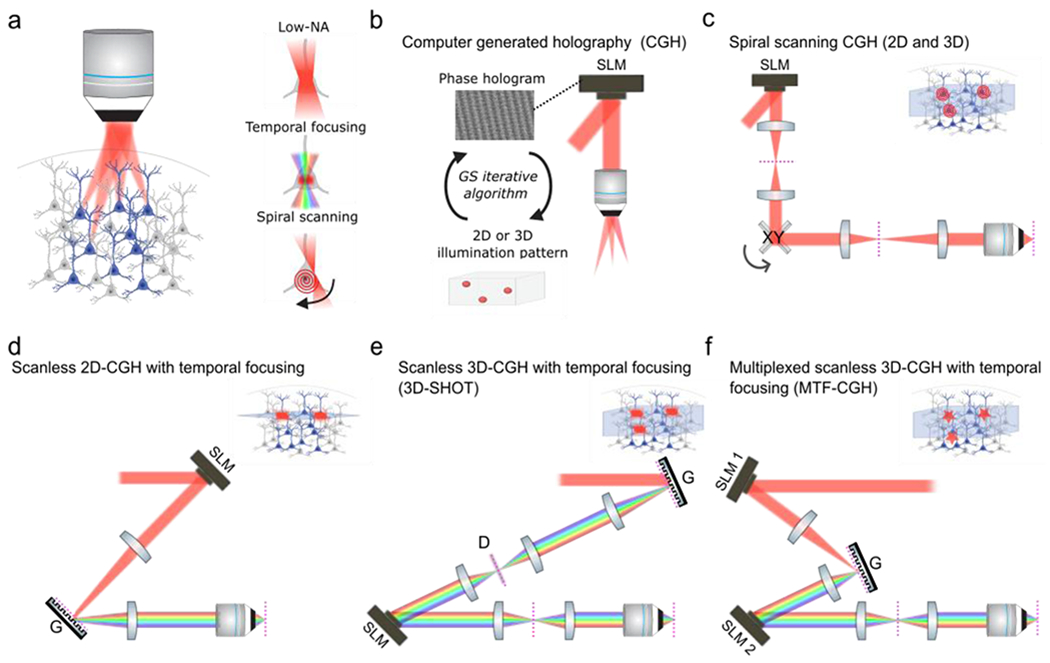Figure 1: Two-photon holographic optogenetics.

a) Left: schematic of multi-neuron photostimulation with holographic optogenetics. Right: Schematic of the main modes of multiphoton optogenetic stimulation; instantaneous illumination of the entire soma with a low numerical aperture (NA) light spot the size of the soma (top), instantaneous illumination of the entire soma with a temporally-focused light spot the size of the soma with improved axial resolution (middle), scanning a near-diffraction limited spot in a spiral pattern on the soma of the target neuron (bottom). b) Principles of computer-generated holography (CGH). A Fourier-transform based iterative algorithm calculates the phase hologram to be loaded on to the spatial light modulator (SLM) in order to generate at the objective focal plane a user-defined 2D or 3D light pattern (54). (c) Optical implementation of spiral scanning CGH (14)(21)(11). The spatial light modulator (SLM) is optically conjugated to a pair of galvanometer scanners (XY) which are in turn conjugated to the objective pupil plane. The SLM generates a 3D distribution of spots which are then simultaneously scanned in a spiral scanning fashion. Note that spiral-scanning does not require temporal-focusing and no diffraction grating is used. d) Optical implementation of scanless 2D-CGH with temporal focusing (TF) (25). The SLM generates a 2D illumination pattern onto a diffraction grating (G). The 2D pattern is then imaged onto the objective focal plane. The femtosecond laser pulses are only spectrally recombined in the objective focal plane which generates an axial optical sectioning mechanism known as temporal focusing: 2P absorption only occurs at the focal plane since peak intensities above and below the focal plane are too weak to generate significant 2P absorption (37)(38) . This implementation is restricted to 2D since only a 2D SLM-generated pattern can be imaged on the 2D grating plane. (e-f) Examples of optical implementations of scanless 3D-CGH with temporal focusing. In 3D-SHOT (e) (13), a laser spot of pre-defined size hits the grating (G). The spot is temporally focused on a rotating diffuser and then subsequently replicated in 3D space in the Fourier plane of a spatial light modulator conjugated to the objective pupil plane. The rotating diffuser is used to both extend the beam in the orthogonal dimension and remove the speckle from the 3D distributed discs of light. The MT-CGH (f) (57) approaches generalizes the 3D-SHOT technique and provides additional flexibility by using an additional SLM to generate a custom shape or size light pattern on the diffraction grating (G). This custom light pattern is then replicated in 3D space with the second SLM. Dashed magenta lines indicate the imaging plane.
